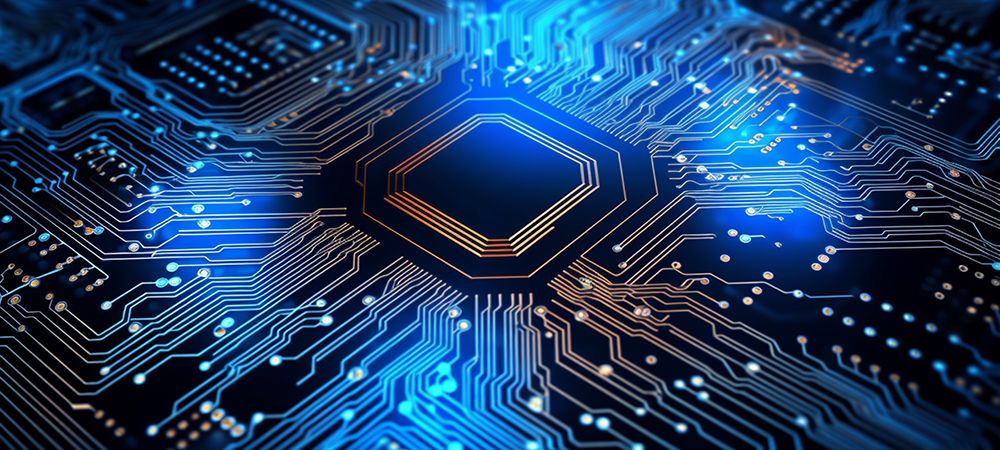IDTechEx market research report projects that the global AI chips market for edge devices will grow to US$22 billion by 2034.
IDTechEx forecasts that the global AI chips market for edge devices will grow to US$22.0 billion by 2034, with AI chips for consumer electronics accounting for more than 45% of this figure.
IDTechEx’s report AI Chips for Edge Applications 2024-2034: Artificial Intelligence at the Edge analyses the key drivers for revenue growth in edge AI chips over the forecast period, – reviewing deployment within the key industry verticals of consumer electronics, industrial automation and automotive.
The report acknowledges AI has already seen significant adoption in smartphones, tablets, smart speakers, personal computers and televisions, with a projected increase in the rollout of AI chips to edge devices within the home in order to facilitate a local Internet of Things over the next few years being significant to the way people’s homes are structured and how they interact with their immediate surroundings.
In 2022, approximately 1.2 billion smartphones were shipped globally, a decrease of around 10% from the number of smartphones shipped in 2021, which is evidence of the fact that smartphone saturation has occurred in numerous national markets (where the onus to upgrade a smartphone every couple of years to the latest offering is not so keenly felt).
Not all of these 1.2 billion smartphones include chipsets that have AI coprocessing capabilities.
To get a sense of the proportion of these chipsets that incorporate AI coprocessing, the report considers the best-selling models and how their volume of sales contributes to the total annual sales figure.
The ten bestselling smartphone models of 2022 (most of which are Apple smartphones, the rest Samsung) account for approximately 20% of global sales.
Of the Apple smartphones, the oldest chip present in these models is the A14 Bionic, which has a neural engine (as do all subsequent Apple smartphone chips).
Of the Samsung smartphones, neither of the bestselling models has a dedicated AI acceleration component to their chipsets. As such, out of this 20% of global sales, smartphones with AI coprocessing account for approximately 17%, and smartphones without AI coprocessing account for 3%.
The report concedes that applying these proportions to the total of 1.2 billion smartphones for 2022 would be erroneous, as several other factors need to be considered.
The first is that the smartphone market is in decline and 2022 saw smartphone vendors cull some of their less profitable models so as to create a smaller portfolio as a means to increase profitability via volume (flagship models cater to more developed smartphone markets, whereas the cheapest models are a means of increasing market share in developing markets).
The second is the evolution of smartphone sales in developing markets.
Already developed markets – such as North America and much of Europe – have nowhere to go in terms of smartphone movement from low to high end, as these regions already account for much of the premium smartphone market.
However, the report says developing markets will naturally move from the low to high end as their economies grow – supported by the increasing share of the sale of premium smartphones to total sales (premiumization) even while the overall smartphone volume decreases.
As premium smartphones tend to almost entirely have AI acceleration incorporated into their chipsets now, it ‘stands to reason’ that the use of AI in smartphones will grow by volume compared to chipsets that do not incorporate AI coprocessing, the report says.
The ultimate ceiling, however, is seen as having already presented itself through the saturation of the smartphone market.
The share of smartphone chipsets that incorporate AI coprocessing may take some years to increase to the level of saturation, the report says.
But trends suggest that this movement is inevitable, with the growth of AI in smartphones providing a valuable model for AI adoption in other consumer electronic products, the report says.
Click below to share this article

